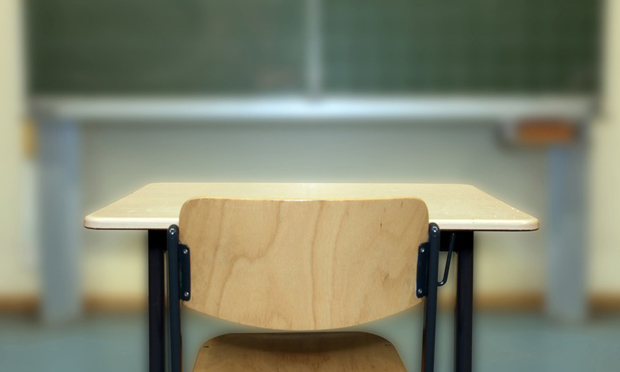Study may explain the nation’s growing racial achievement gap.
By Denise-Marie Ordway
Journalist’s Resource | February 23, 2016 —

(api.hub.jhu.edu)#sthash.VEmL5uWZ.dpuf
A 2016 study published in Social Problems contributes new insights to the ongoing discussion about racial disparities in school discipline and academic achievement. The authors of the study, titled “The Punishment Gap: School Suspension and Racial Disparities in Achievement,” indicate that it is the first-ever comprehensive analysis of suspension as an explanation for racial gaps in student performance in math and reading.
The authors – Edward W. Morris of the University of Kentucky and Brea L. Perry of Indiana University — used data from the Kentucky School Discipline Study and school records to examine how suspension affected a sample of 16,248 students in grades 6 through 10 over a three-year period. Most of the students involved – 59 percent – were white while 25 percent were black and 10 percent were Latino. Four percent of students were Asian and 3 percent identified as being another race.
The study’s key findings include:
– Schools with larger concentrations of black students had higher rates of suspension.
– Black students and Latino students were more likely to be suspended than children from other racial groups.
– Students who had been suspended earned significantly lower scores in math and reading on end-of-year exams.
– Students with a propensity to be suspended did worse on the exam during the years they were suspended than during years they were not.
– Students who qualified for free or reduced-price lunches at school were more likely to be suspended than those who did not. Students who participated in special-education programs were more likely to be suspended. Students with two parents were less likely to be suspended than those with one parent or guardian.
– Even after controlling for socioeconomic status, special education and gender, black students were predicted to be almost three times more likely to be suspended than white students. On the other hand, “the elevated risk of suspension associated with being Latino is entirely explained by this group’s lower levels of socioeconomic status.”
The authors state that while their findings suggest a strong link between suspension and lower academic achievement, they cannot prove that suspension causes poorer test scores. The authors suggest that future research should aim to assess whether other acts of discipline are associated with reduced achievement. They also recommend trying to determine whether the suspension or the missed class time is what underlies the connection between suspension and achievement.
Several studies in recent years have taken on the issue of student suspension, revealing alarming trends.
For example, a 92-page report from the University of Pennsylvania’s Graduate School of Education found that 55 percent of black-student suspensions nationwide in 2011-12 occurred in 13 Southern states. In 84 Southern school districts, black students were the only students who were suspended that school year.
For decades, educators and policymakers have been concerned about the gaps in academic achievement that have long separated white children and minority children. Numerous efforts to reform public education programs have been launched nationally and locally to try to boost student test scores and help youth of all races and ethnicities perform at the same level. While students have made progress, disparities remain and, in some cases, still are quite large.
For example, white, black and Latino students in the U.S. all had better high school graduation rates in 2011-12 compared to 2009-10. However, white students were more likely to graduate. In 2011-12, 85 percent of white students finished high school on time and with a regular diploma compared to 68 percent of black students and 76 percent of Latino students, according to data from the National Center for Education Statistics.
Federal data shows that student scores on the SAT college-entrance exam have improved as well. The combined math and reading scores of white students grew from an average score of 1038 in 1986-87 to a score of 1061 in 2012-13. Over the same time period, black students raised their combined score from an 839, on average, to a 956. Puerto Rican students went from a score of 868 to a 909 and Mexican American students’ scores rose one point to a 913.
As the nation scrutinizes the academic performance of minority children, scholars and researchers have been looking into the factors that could be hindering children of color. One area of focus is instruction time — whether minority children have less time in the classroom because of illness, absenteeism, tardiness or disciplinary actions such as suspensions or expulsions.
A September 2015 report entitled Mapping the Early Attendance Gap: Charting a Course for Student Success, released by Attendance Works and the Healthy Schools Campaign, looks at how chronic absenteeism disproportionately affects children from minority and low-income families and those with disabilities. (See www.attendanceworks.org/wordpress/wp-content/uploads/2015/07/Mapping-the-Early-Attendance-Gap-Final-4.pdf)
Journalist’s Resource – A project of the Harvard Kennedy School’s Shorenstein Center and the Carnegie-Knight Initiative








